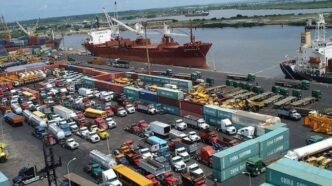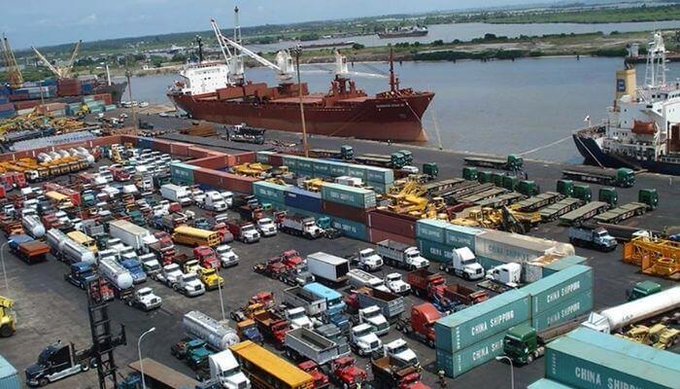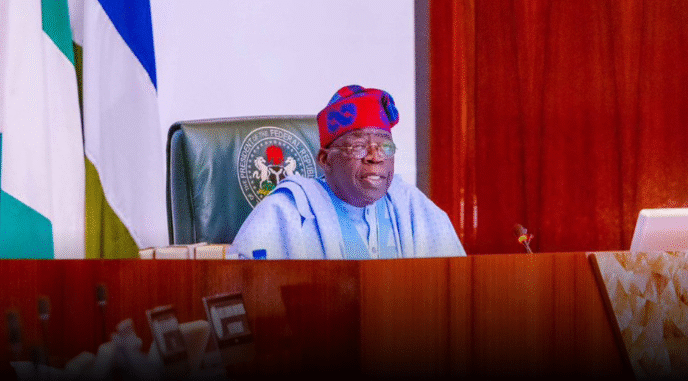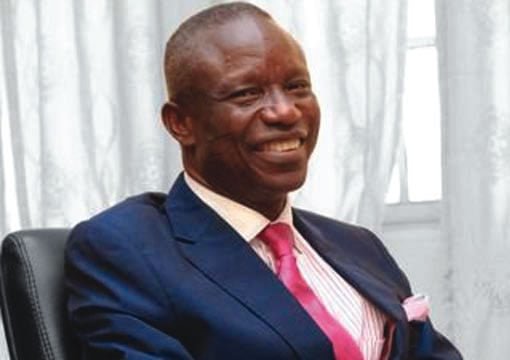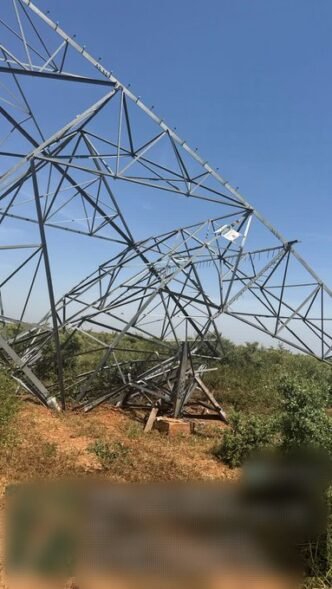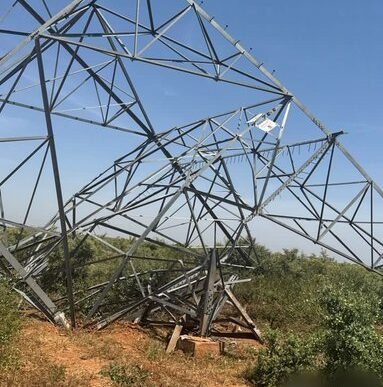In a decisive move to redefine Nigeria’s maritime infrastructure, the Federal Government has approved US$1 billion (approximately ₦1.4 trillion) for the modernisation of the two major seaports in Lagos — Apapa Port and Tin Can Island Port.
The approval, announced on Wednesday, October 23, 2025, marks one of the most ambitious infrastructure investments in Nigeria’s maritime sector in decades. The Minister of Marine and Blue Economy, Adegboyega Oyetola, made the disclosure during the 2025 annual conference of the Chartered Institute of Logistics and Transport Nigeria (CILT Nigeria) in Lagos.
Federal Government’s Vision for the Project
According to the Minister, the US$1 billion project is part of the Federal Government’s broader effort to digitise, automate and expand the country’s port operations. The goal is to build a modern, technology-driven system that reduces turnaround times for vessels, curbs corruption, and enhances Nigeria’s competitiveness in global trade.
The Minister stated that the project will be implemented under the National Blue Economy Strategy, which aligns with President Bola Tinubu’s Renewed Hope Agenda aimed at improving economic efficiency through infrastructure renewal.
He explained that the government had already commenced procurement processes for the modernisation not only in Lagos but also for other seaports across the country, signaling a nationwide port overhaul initiative.
Addressing Decades of Port Inefficiencies
Apapa and Tin Can Island ports, both located in Lagos, handle the majority of Nigeria’s maritime trade. However, they have long suffered from congestion, ageing infrastructure, shallow berths, and inefficiencies that contribute to prolonged cargo dwell times and higher operational costs.
Industry analysts estimate that cargo dwell time in Nigerian ports averages 18–20 days, compared to 3–5 days in advanced maritime economies. Port users also face logistics costs up to 40 percent higher than regional competitors due to infrastructural decay and bureaucratic bottlenecks.
The new modernisation drive seeks to reverse these trends by:
- Upgrading berth infrastructure and quay walls;
- Deepening channels to accommodate larger vessels;
- Automating cargo handling, documentation, and clearance systems;
- Enhancing rail and road connectivity to reduce pressure on Apapa’s roads;
- Introducing green and sustainable port operations under international standards.
Breakdown of the Modernisation Plan
Although detailed blueprints are yet to be released, the project is expected to include the following components:
- Comprehensive Infrastructure Upgrade:
Rehabilitation of quay walls, terminals, and cargo-handling facilities at Apapa and Tin Can Island ports. - Digital Transformation:
Implementation of a Port Community System (PCS) and single window platform for all port users, enabling digital documentation, transparent cargo tracking, and real-time communication among stakeholders. - Modern Cargo Equipment:
Procurement of new cranes, automated stacking systems, and modern cargo-handling machines to speed up loading and unloading operations. - Improved Access and Connectivity:
Upgrading port access roads and rail links to integrate the ports with hinterland logistics networks and industrial zones. - Environmental and Safety Compliance:
Adherence to Environmental, Social, and Governance (ESG) principles, with a focus on sustainability, emissions reduction, and safer port operations.
Reports indicate that construction work could begin in the first quarter of 2026, with completion targeted within a four-year timeframe.
Economic and Strategic Implications
The modernisation of Lagos ports is expected to yield multiple economic benefits.
1. Boost to Trade Efficiency:
Reduced turnaround time will enable faster cargo movement, reduce demurrage charges, and make Nigerian ports more competitive compared to regional ports like Tema in Ghana and Cotonou in Benin.
2. Job Creation:
The project is expected to generate thousands of jobs in construction, logistics, transportation, and auxiliary services.
3. Attraction of Private Investment:
The government hopes the project will stimulate private sector confidence, attracting more foreign and local investors into Nigeria’s maritime and logistics sectors.
4. Improved Revenue Generation:
With increased throughput and transparency, the Nigerian Ports Authority (NPA) and the Nigerian Customs Service are projected to collect higher revenues.
5. Regional Hub Potential:
Modern, digitised ports will position Lagos as a leading maritime hub in West Africa, able to handle larger cargo volumes and serve landlocked countries such as Niger and Chad more efficiently.
Challenges Ahead
Despite the optimism, stakeholders have urged caution regarding project execution. Nigeria has a long history of delayed and over-budget infrastructure projects, particularly in the port and transportation sectors.
Key challenges include:
- Ensuring transparency in the procurement and contracting process;
- Coordinating multiple agencies such as NPA, Customs, and Nigerian Shippers’ Council;
- Managing disruptions during construction to avoid halting port operations;
- Securing complementary infrastructure such as roads and rail links to prevent recurring gridlock.
Industry experts emphasise that success will depend not just on the physical upgrades, but also on institutional reforms — including streamlined port governance, digital integration, and improved regulatory oversight.
Minister Oyetola’s Remarks
While unveiling the funding approval, Minister Adegboyega Oyetola assured Nigerians that the project represents a long-term transformation, not just cosmetic repair.
“We are working closely with all stakeholders to achieve a paperless, technology-driven port environment that enhances efficiency, reduces turnaround time, and curbs corruption. Our ports must reflect our ambition as Africa’s biggest economy and the maritime leader in the region,” he said.
Oyetola further reiterated that the government’s objective is to transition Nigeria’s ports from outdated, congested gateways to smart, sustainable, and globally competitive trade corridors.
Public and Industry Reactions
Port operators, freight forwarders, and logistics professionals have welcomed the government’s announcement as a positive and long-awaited development.
The President of the Nigerian Association of Freight Forwarders and Logistics Operators (NAFFLO), Musa Sani, described the initiative as “the most significant step toward resolving Nigeria’s long-standing port inefficiencies.”
However, he warned that implementation transparency will determine whether the project achieves its intended outcomes.
“Funding is important, but governance is key. The success of this US$1 billion investment depends on how well the government engages the private sector and ensures accountability throughout the process,” Sani noted.
Broader National Impact
The port modernisation aligns with the Federal Government’s economic diversification strategy and its push for non-oil revenue generation. By improving port logistics, Nigeria can significantly reduce the cost of exports and imports, supporting small and medium-scale enterprises (SMEs) and industrial growth.
Furthermore, the move is expected to complement the Lagos–Ibadan Standard Gauge Railway and other logistics corridor projects that connect Nigeria’s seaports to inland industrial clusters.
With Apapa and Tin Can Island ports serving as primary gateways for more than 70 percent of Nigeria’s maritime trade, efficient operations at these ports will have a direct impact on the cost of goods, inflation, and supply chain stability across the country.
Conclusion
The Federal Government’s approval of US$1 billion (₦1.4 trillion) for the modernisation of the Apapa and Tin Can Island ports represents a defining moment for Nigeria’s maritime future.
If executed with transparency, accountability, and speed, the initiative could eliminate decades of inefficiency, reduce the cost of doing business, and position Nigeria as the maritime hub of West Africa.
The success of this landmark project will depend not only on funding but on sustained political will, collaboration among key stakeholders, and adherence to global standards of infrastructure development.
For now, stakeholders and Nigerians alike are hopeful that this bold investment signals a new era for the nation’s ports — one marked by efficiency, digital innovation, and economic growth.

